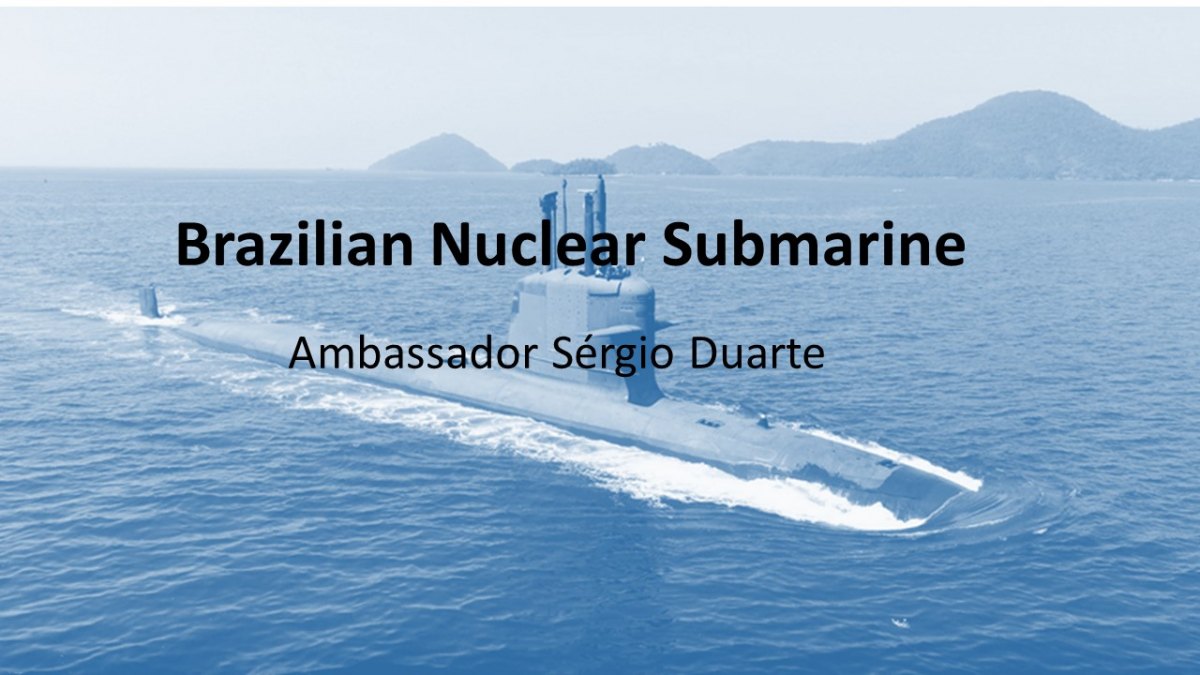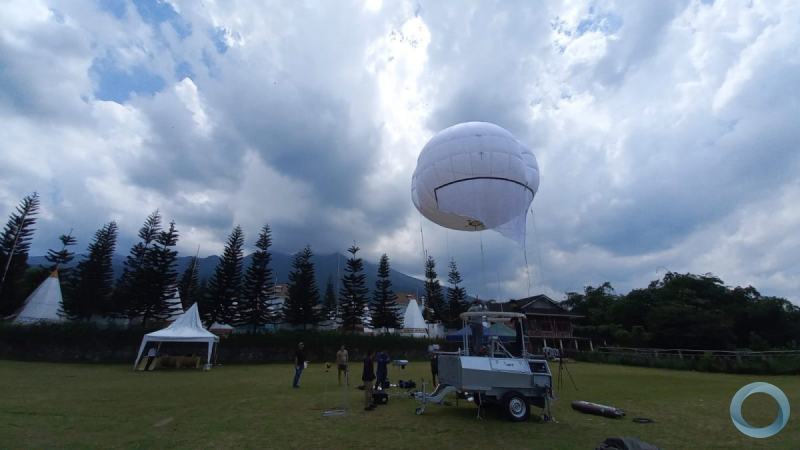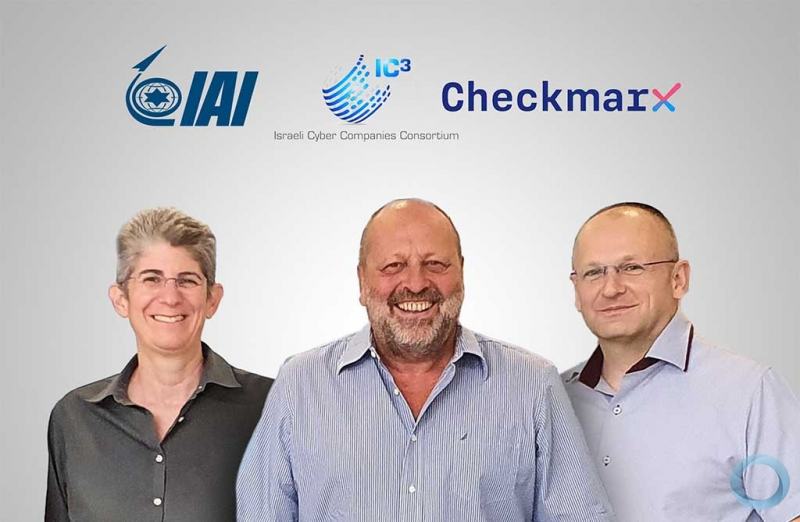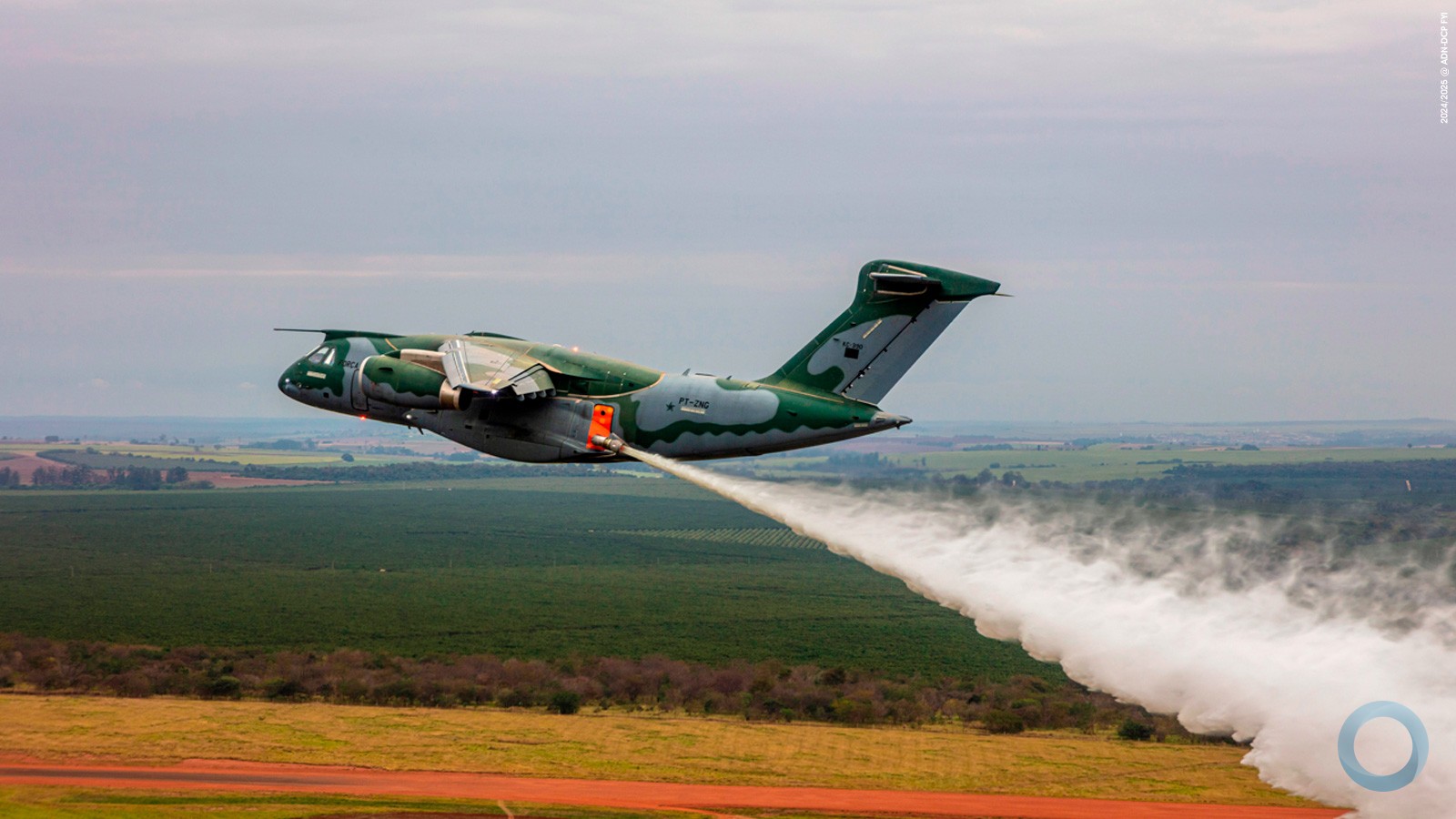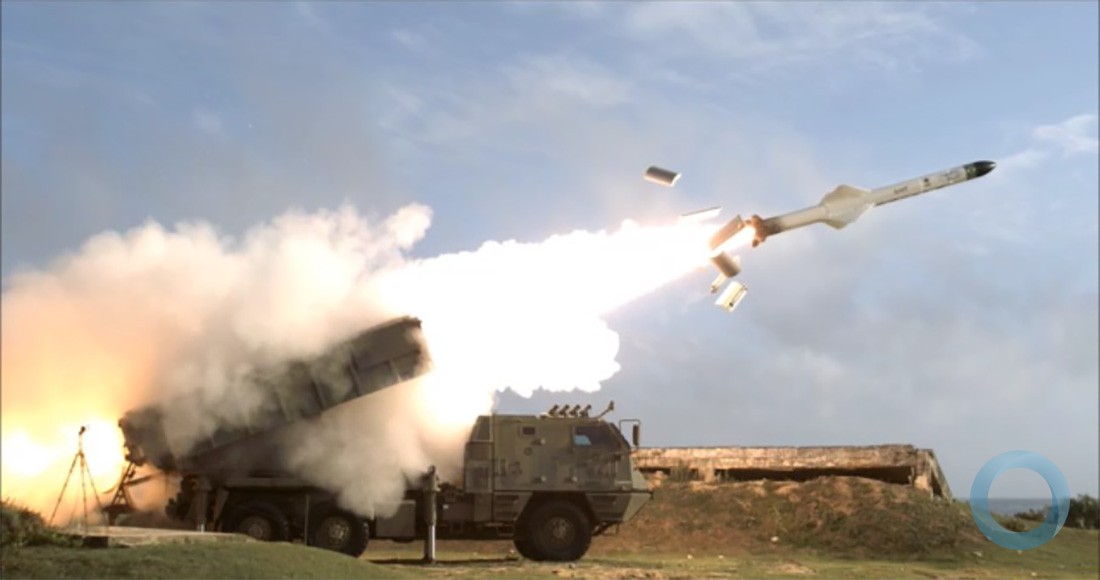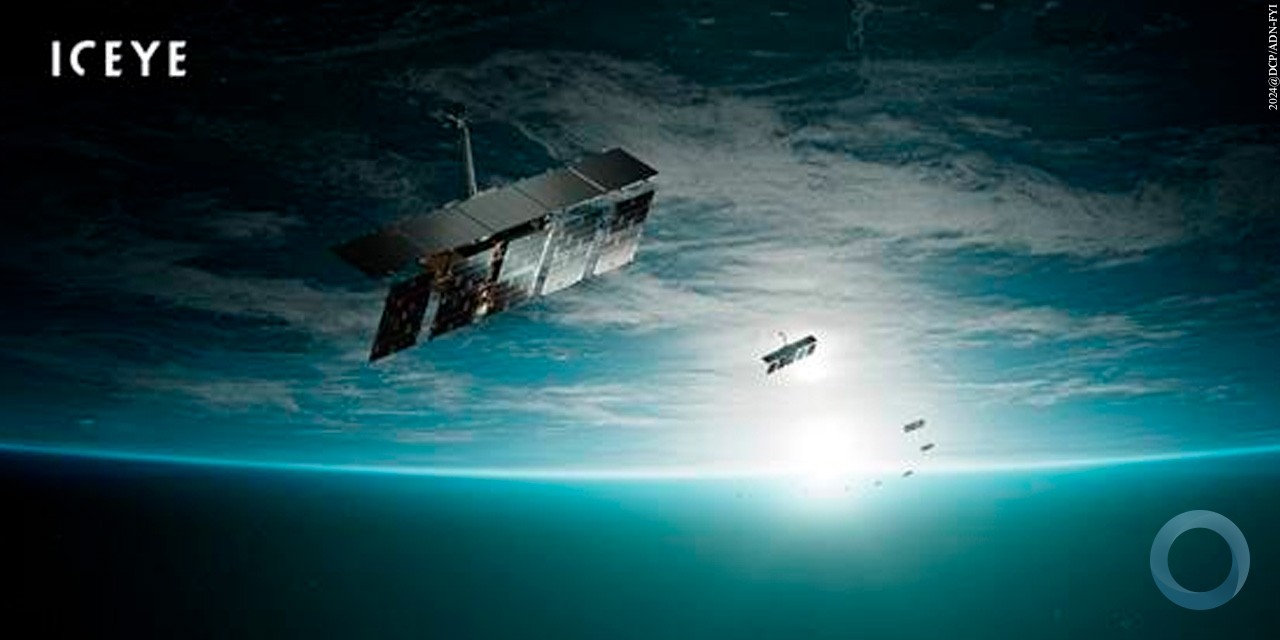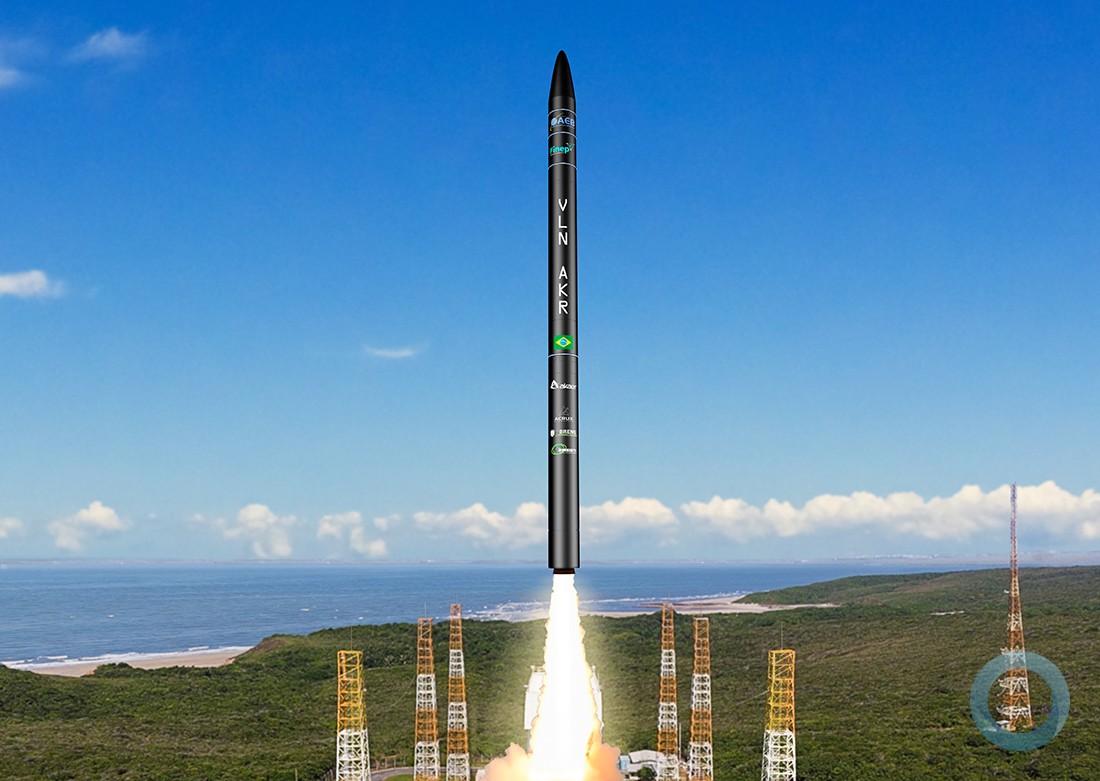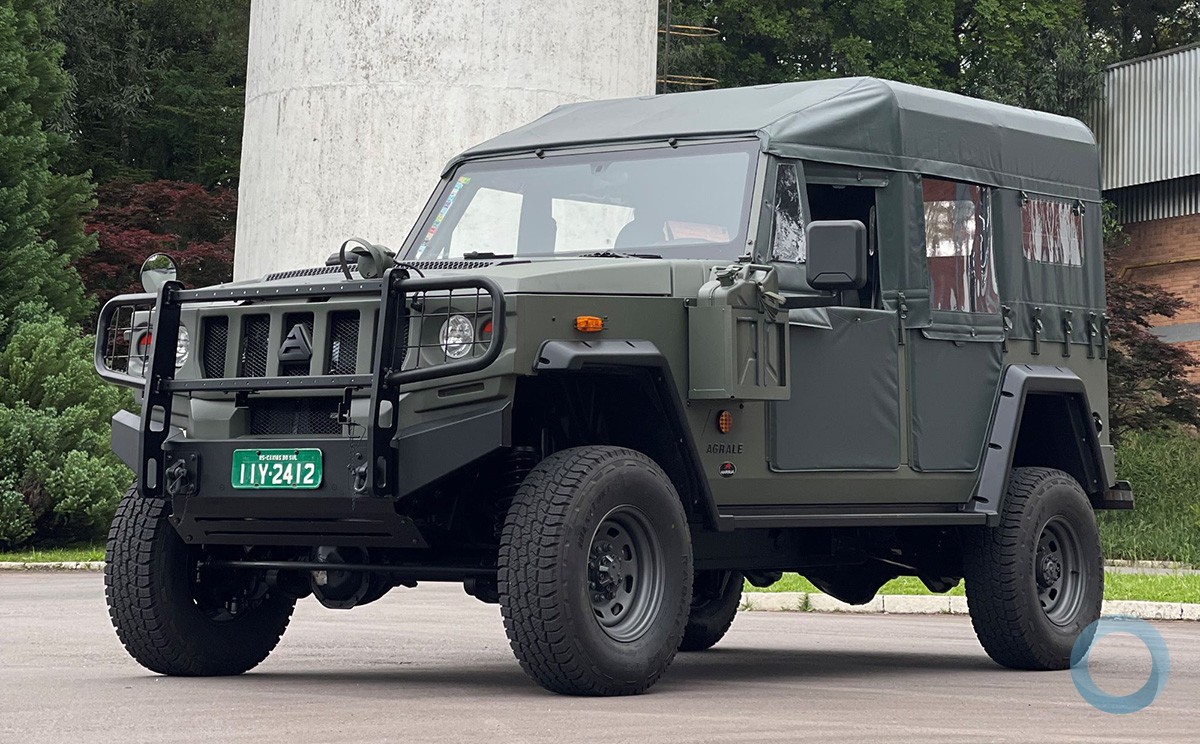Israel Aerospace Industries (IAI) Barak Air and Missile Defense System blend's a long-lasting legacy of trailblazing air defense solutions with a new net-centric concept that sets it apart from other systems.
A core source of Barak's unique effectiveness stems from its new, flexible net-centric open architecture. This marks a significant step forward in capabilities in the air and missile defense system sector. The architecture allows for a highly flexible configuration, in which a single integrated Battle Management Center incorporates and coordinates a range of sensors and interceptors.
This concept has had a dramatic effect on the Barak's ability to provide comprehensive protection against any type of aerial threat, and to achieve this capability at a capital expenditure cost that is minimal. Before exploring the technological features of Barak MX, it worth taking a brief trip back in time to look at the system's rich legacy, which spans 40 years.
In the 1970s, IAI developed the Barak-1, which became the first maritime anti-ship sea-skimming missile in the West. Barak's name, meaning "lightening" in Hebrew – accurately reflects the ultra-fast speed of this strike vehicle. As it evolved, the Barak demonstrated its ability to successfully engage any type of aerial threat, and deal with both single or multiple simultaneous attacks from any source at a variety of ranges.
Fast forward to today, and Barak continues to trailblazer. Barak's interceptors employ vertical launch capabilities to support 360° coverage. The system features a highly advanced seekerthat works under any weather conditions against any type of target. This includes threats that have low radar cross-sections or high maneuverability – just the type of targets that are becoming more prolific on the modern battlefield.
Three types of Barak interceptors are available as part of the Barak MX family. These are the Barak MRAD, which has a single pulse rocket motor and a range of 35 km, the Barak LRAD, which has a dual pulse rocket motor and a range of 70 km, and Barak ER, the interceptor with the longest range, which has a dual pulse rocket motor and an additional booster for a range of 150 km. Barak ER also features enhanced theater ballistic missile (TBM) capabilities.
Many of today's air and missile defense systems emerged after current air-to-air missiles were adapted into a surface-to-air missile (SAM). This approach did reduce NRE costs, but has proven to be restrictive to the overall performance. When it comes to dealing with modern adversaries and sophisticated hostile threats, such as skimming missiles or very high-altitude threats, this approach has its limitations.
The Barak was developed under a very different conceptual approach. It was developed with the baseline requirement of being able to deal with any type of aerial threat. The research and development process resulted in a decision that the Barak missile should reach its end-stage at a maximum dynamic speed and maneuverability level, even at high-altitude.
In line with this defined requirement, IAI designed the interceptor vehicle in a manner that gives it a maximum thrust. A second pulse ignition drives up speed – and avoids the risk of falling objects over inhabited residential areas.
The Barak interceptor’s seekerseeks out targets both in a narrow and very wide RF beam, meaning that it can lock on to any target at any altitude, including skimmers. Barak also features interceptors with larger warheads.
The combination of net-centric communications, which provides the interceptors with the initial tracking elevation and azimuth to the target, and the autonomous seeker performance are designed to create a successful end stage, and even cases in which inaccurate information is received can be overcome by this system.
Throughout the last ten years, trends in the air and missile defense have made it increasingly clear that a net-centric concept represents the way forward. Adversaries are developing air attacks that are designed to saturate defenses. Until now, legacy air and missile defense systems divided up the protected terrain into SHORAD standalone circles, consisting of 25 to 35 km.
In each circle, a limited number of missiles are placed in the battery that can only protect its own terrain. Barak, in contrast, carries out interceptions at longer ranges, while also reducing the total number of missilesneeded to respond. This results in a reduction of the system battery cost, yet it also amplifies the level protection since the system can choose from many more missiles as it defends the same terrain.


Barak uses larger air and missile defense circles (due to extended range interceptors) and its net-centric architecture to replace standalone circle ranges. The concept led to the creation of a Fire Detection Center (FDC), which is based on the highly advanced Multi Mission Radar (MMR) system, and having a unified air situation picture (ASP). It also relies on a threat evaluation and weapon allocation (TEWA) system – yet all at a fraction of the components needed by other types of systems.
The change in configuration is unmissable. Instead of tens of launchers with tens of radars and command and control posts, demanding a very sizable quantity of technical control officers to manage infrastructure and staff operations, only half a dozen launchers are required in total, with even fewer types of radar and fewer command and control posts to defend the same area. The smaller configuration defends very large areas, requiring a third of the capital expenditure and a third of the tactical control officers.
Instead of each command and control station initiating its own interceptor launches in situations that involve targets passing between SHORAD circles, Barak designates only one interceptor, leaving more missiles stored for future fire. In an age in which enemies are building capabilities to saturate air defenses with multiple incoming threats, this key Barak features also reduces the risk of battery saturation.
These advantages will prove critical when facing adversaries ared with highly maneuverable attackers, or an ability to flood the airspace with precise fire. Utilizing a unique net-centric capability, Barak coordinates interconnectivity among multiple batteries and optimizes the timely response. It sends highly advanced interceptors to destroy the targets, generating a hermetic air and missile defense shield that is suitable to the ever more challenging threats being developed by adversaries.







